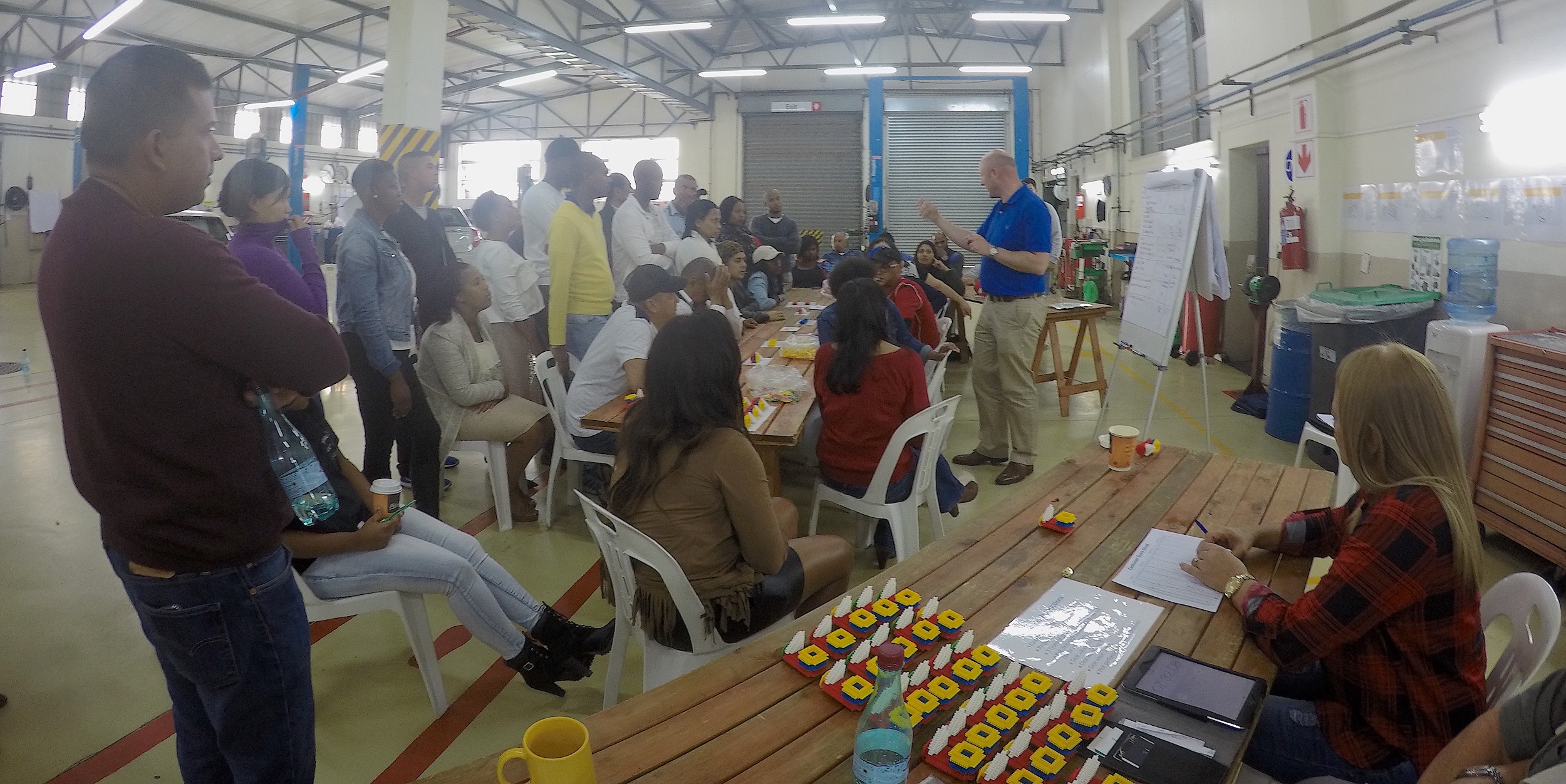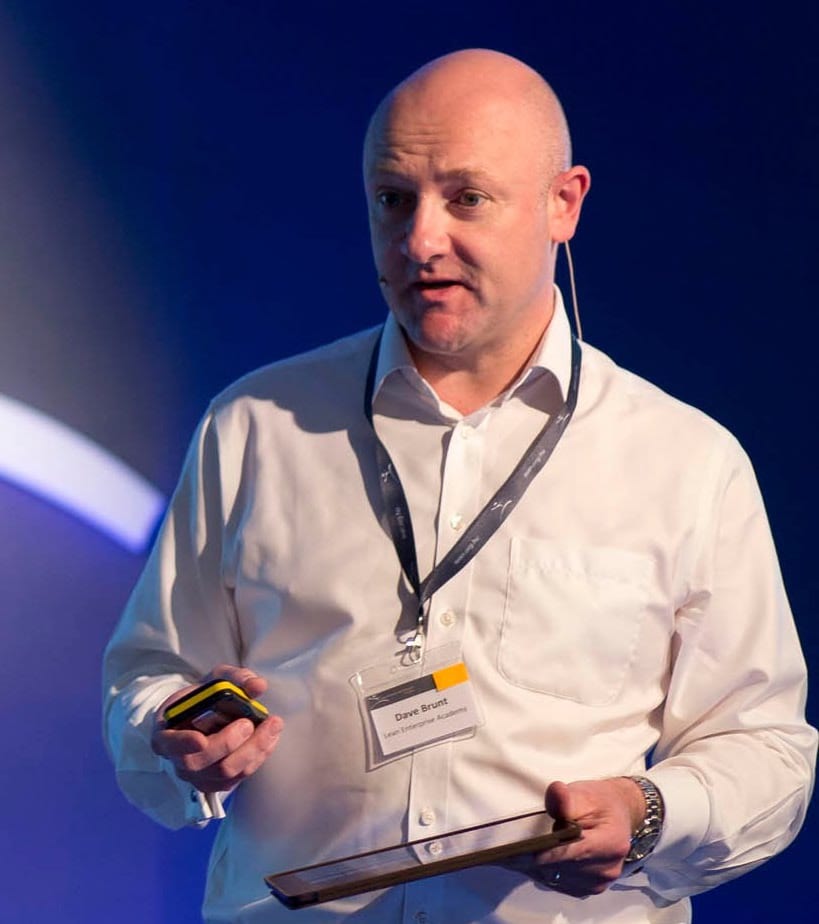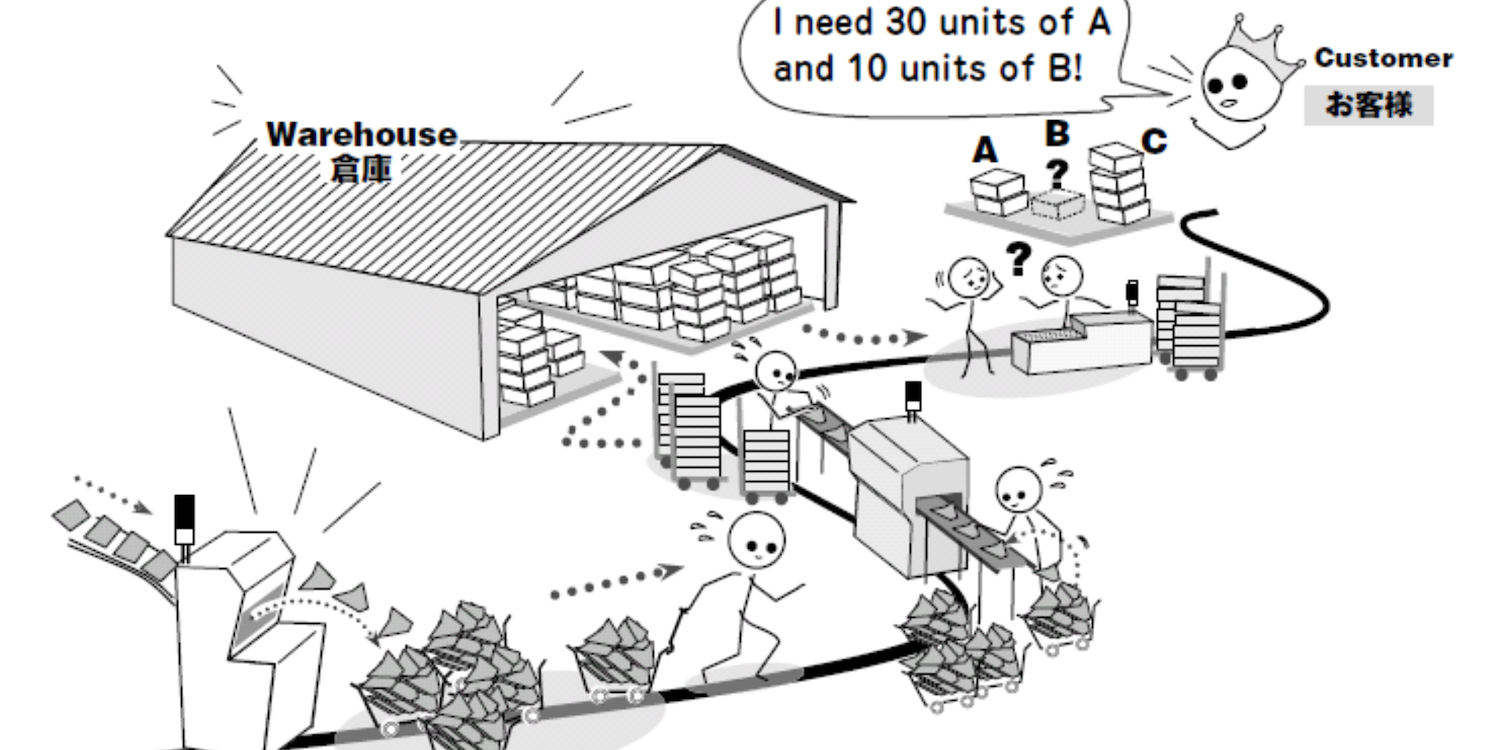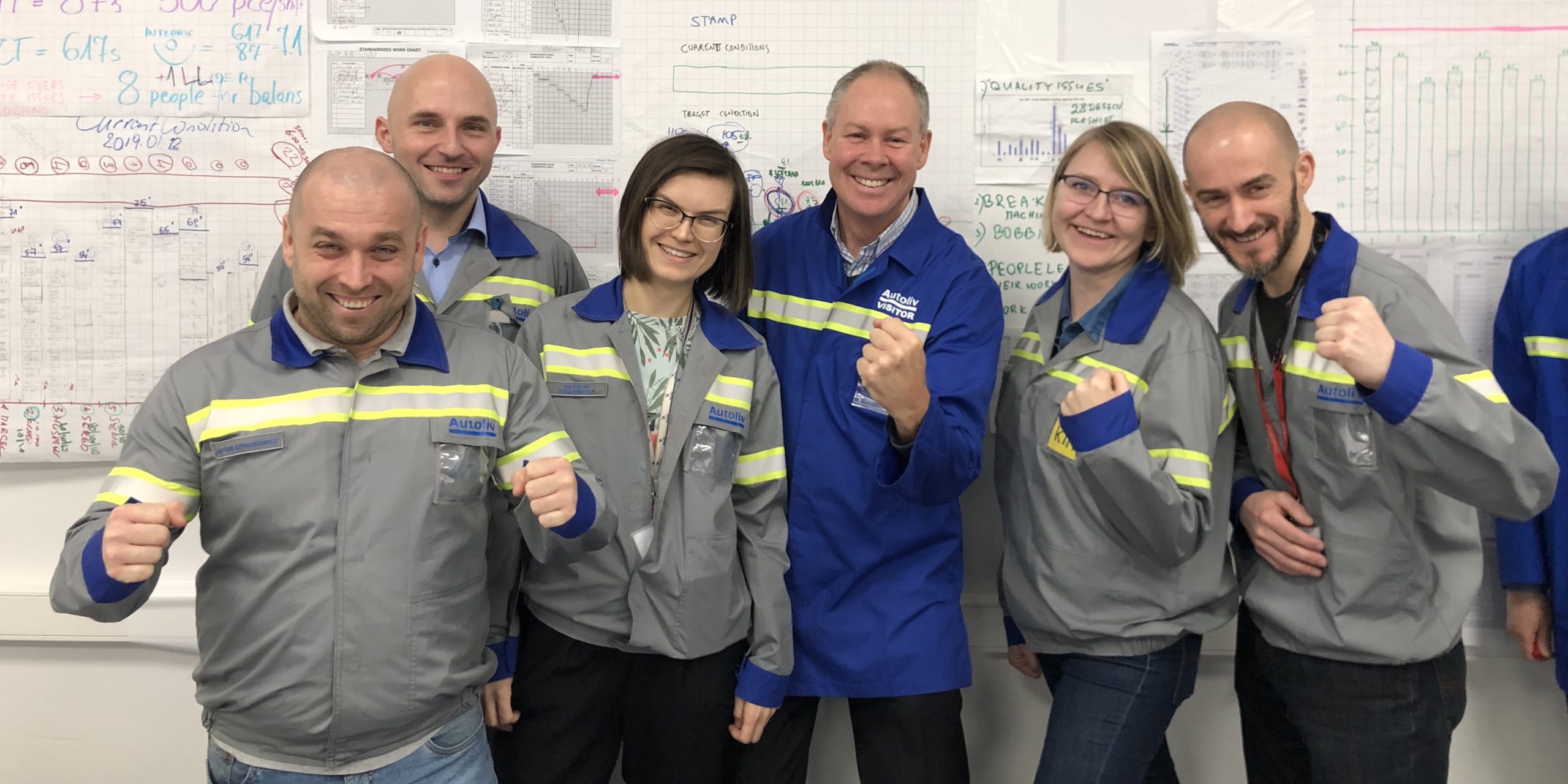
A better way to learn lean
INTERVIEW – The Lean Enterprise Academy just launched the Lean Learning Journey, an online platform from which practitioners can pull the practical knowledge they need in their lean transformation.
Interviewee: Dave Brunt, CEO, Lean Enterprise Academy
Roberto Priolo: Congratulations on launching this great platform, Dave! Where did the idea come from?
Dave Brunt: From customers. We ask what people think they need, we go to their organizations and look at their struggles, collect their questions and then work through how we can create better value for them while impacting positively on society. Traditionally, supporting lean transformations from the outside has been possible by leveraging the inspirational power of research – through articles and books or by offering practical activities like workshops or coaching. If we look at the original purpose of the Lean Enterprise Academy and the Lean Global Network and the three core processes – learn, educate and share – then it’s clear to me that these mechanisms, while effective, can’t be spread fast enough to reach many people at once, to change the world. What’s missing is material that is based on a one-to-many relationship between people like us, whose job is to spread Lean Thinking, and people wanting to learn and apply Lean Thinking.
The internet gives us a great opportunity to experiment with new ways of reaching lean thinkers and share with them material that is academically sound, hands-on, accessible and affordable. By putting that content online for people to use, we can reach many more practitioners at once.
We also wanted to provide an alternative path to the certification and accreditation activities that are available out there. Lots of organizations think they need people who are certified. The result is that lots of folks sell it. But if you really think deeply about lean, you realize it’s a journey – not a set of tasks or criteria to tick off. A key characteristic of lean is that the more you know, the more you realize you don’t know; and yet, accreditation and certification providers treat the process as finite. You can be qualified as a “black-belt” but never use what you were taught again. In contrast, when lean is treated like a journey, it becomes something you understand you need to practice. You want to reach perfection, but even though you strive to reach it, you will never get there.
Lean is learned by solving business problems in their specific context, by developing the capabilities of line managers and their teams to unblock the flow of value creation, with leaders giving clear direction and support. Lean practice evolves through carrying line responsibility and through coaching and mentoring the capabilities of team members. The accreditations and competency systems fail to assess these dimensions. Most are sold by folks that have a veneer of knowledge on lean – which is why they think it’s OK to sell them and from what I’ve seen the end becomes gaining the accreditation, rather than learning as a journey. We want our platform to be something people can keep coming back to. Something that lives and develops, not something to be completed so we can tick the box and move on.

RP: How have you chosen the material that will populate this learning platform?
DB: We’ve structured the platform materials around the five dimensions of the Lean Transformation Framework – more details are here. These are understanding value driven purpose and the problem(s) to solve, process improvement to change the work, capability development, the leadership behaviors and management system, and basic thinking, mindset and assumptions required for Lean Thinking to flourish. We already have lots of material around each of these dimensions but we are repurposing it for the learning platform and filling in gaps as we go and as we get feedback from users. We’ve highlighted 20 modules we think people need as fundamentals – even though that obviously depends on everyone’s individual situation. As with learning lean, I suspect this will be a never-ending journey of refining existing materials and developing new ones. The first one we developed is problem solving, which we found to be the most needed skill (and one that enables many other aspects of a lean journey.)
We’ve worked on a prioritization process – so we get the most needed materials developed first. Standardized work is the next one we are preparing, but there is also some modularization and parallel processing going on too. The books on standardization that are available out there are old and one-dimensional. there are some articles, but nothing practical enough. We also want to do one on administrative processes and one on supply chain. Some of modules will focus on tools, some on principles and values, some on thinking and some on behavior.
RP: How long did it take you develop the platform? What did you do to ensure it’s a product people can use easily?
DB: I have an A3 from 2012 where we first articulated the need! The problem was we couldn’t do what we wanted to do with our technology or what existed at the time. Instead, we developed materials and activities for use with our partners. We started properly at the beginning of 2019 – with a plan to develop the support infrastructure and a minimum viable product (MVP.) We learned a lot from that and the platform became a key activity for our 2020 hoshin. Once we entered lockdown, it became a key focus. We had a plan by the end of March, and the new website launched in May. We were then able to develop materials in the back end of the website. We have been experimenting for a few months now and we didn’t do that in a vacuum, of course. We picked 20 people from our database and asked them to use another MVP of the learning platform. We got amazing feedback from them, which we built into the end product.
RP: What are the key elements of the learning platform?
DB: There are two key dimensions to the Lean Learning Journey. On the one hand, we have the four levels, which correspond to 1. knowledge (theory), 2. understanding, 3. capability to do, 4. ability to teach and coach others. On the other hand, we have the PDCA cycle built into the learning platform (we were inspired by TWI): you prepare the person, present the topic, they try it out and then you follow up. These two dimensions work with and reinforce each other. For the first dimension, we currently have Level 1 and Level 2 developed on problem solving. We’ll begin to offer Level 3 and 4 when we reach a critical mass of platform users, at which point we’ll integrate the Lean Learning Journey with other services we offer – like coaching and our action research activities.
We believe lean is learned through practice. But how to build practice into online materials? How do you keep learners engaged when the material is online? To provide practical understanding and capability – which is the real differentiator of this platform – you have to be explicit about what is to be gained at each level. For the practical problem-solving activity, we have used a case study. We felt this was most appropriate for this subject area, but we could have used other mechanisms, such as games and simulations – which we will do with future topics. To bring the case to life, we make extensive use of video content and exercises like sort-and-match. Every activity in the modules is timed, with the learner’s rating displayed at the bottom and progress at the top. Critically, we have included a check for understanding at the end of each module.

RP: What sets this learning platform apart? What’s the value for customers?
DB: The current offerings available to lean practitioners provide them with knowledge, but not with that practice-based learning that’s so important in a lean transformation. We want to reach more practitioners at once with practical material that can truly help them on their lean journeys, that develops their capability. If you lead a business, the value is that you can gain access to the best materials on implementing lean. You can use the free materials in discussion groups and to develop team member knowledge. You can use the level 2 course to teach methods, build understanding and follow up with practical hands-on learning. The platform provides a base line of the necessary materials without the expense of development. Some of our customers head up or are part of lean or continuous improvement teams facilitating transformations in organizations. They spend a lot of their time developing material. We are doing part of that work for them, so they can pull material as they need it – all of it available in one place. With the Lean Learning Journey, they will have at their disposal a wealth of standardized material they can use to support the spread of lean across their organization, which will in turn give them more time to coach and think about how they can produce more value for their (internal) customers – the team members in their organizations.
The same goes for folks who act as consultants and external coaches. A lot of them are our customers. We sell them books, they come on our workshops and to our events. They will be able to do the same thing as the internal lean folks – supplementing their coaching skills with these materials. So, it’s good quality material, available at the pull of customer need that’s cost effective – all of this ties into our purpose, which is to help individuals and organizations on their lean journey. Through the platform we are trying to do this better, faster and cheaper. The problem-solving level 2 course is £50 (including VAT.) A similar workshop style course is probably £450/person.

A slightly different way to look at the platform is as the 21st-century version of a book that replicates the “teachable moments” we generate when we coach in person through practical examples and hands-on activities. Learners are already telling us how effective the blended learning is. They are able to assimilate information at their own pace, go back to things they are struggling to understand, and assess their understanding at the end of every module. This way, they can create a learning plan unique to their needs, unique to every person and truly enable pull-based learning. We believe this is a good thing for the Lean Community! Flowing value at the pull of the customer – better, faster, cheaper.

THE INTERVIEWEE

Read more


FEATURE – The release of Christoph Roser’s new book All About Pull inspires John Shook to discuss the origins and true meaning of “pull” and why it is incorrect to blame JIT for the shortcomings of global supply chains.


INTERVIEW – From hospitals to start-ups, lean principles have been applied far beyond their origins at Toyota. This article discusses how lean can be applied to learning – specifically, how we can apply lean learning to learning lean.


INTERVIEW – If we truly believe lean can change society, then we should use it as a lens through which to look into different aspects of our lives – even when those associations are hard to make. This month, we discuss the world of media.


INTERVIEW – What skills do coaches need to successfully support lean transformations in the service sector? Our colleagues from Australia tells us about their experience.

